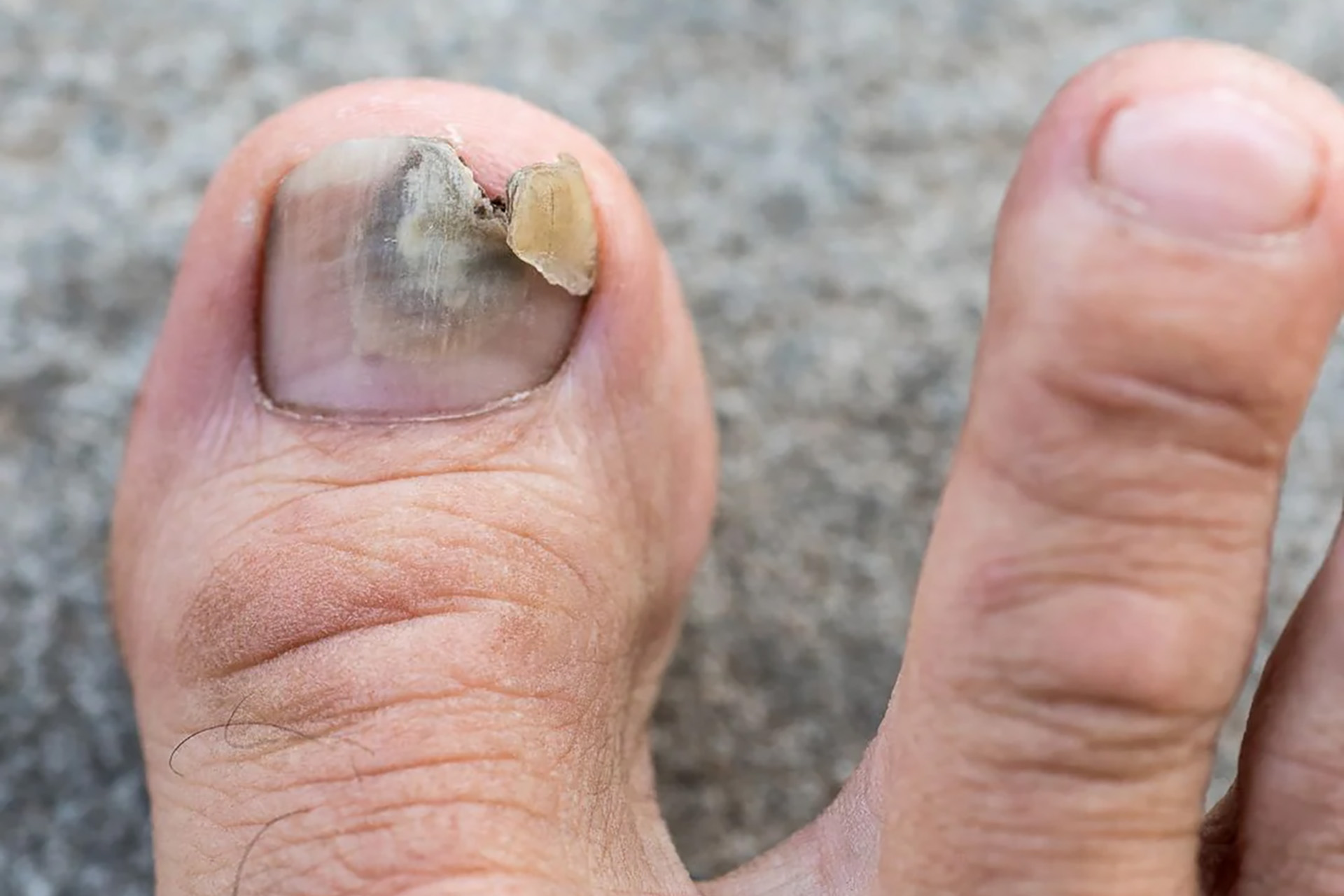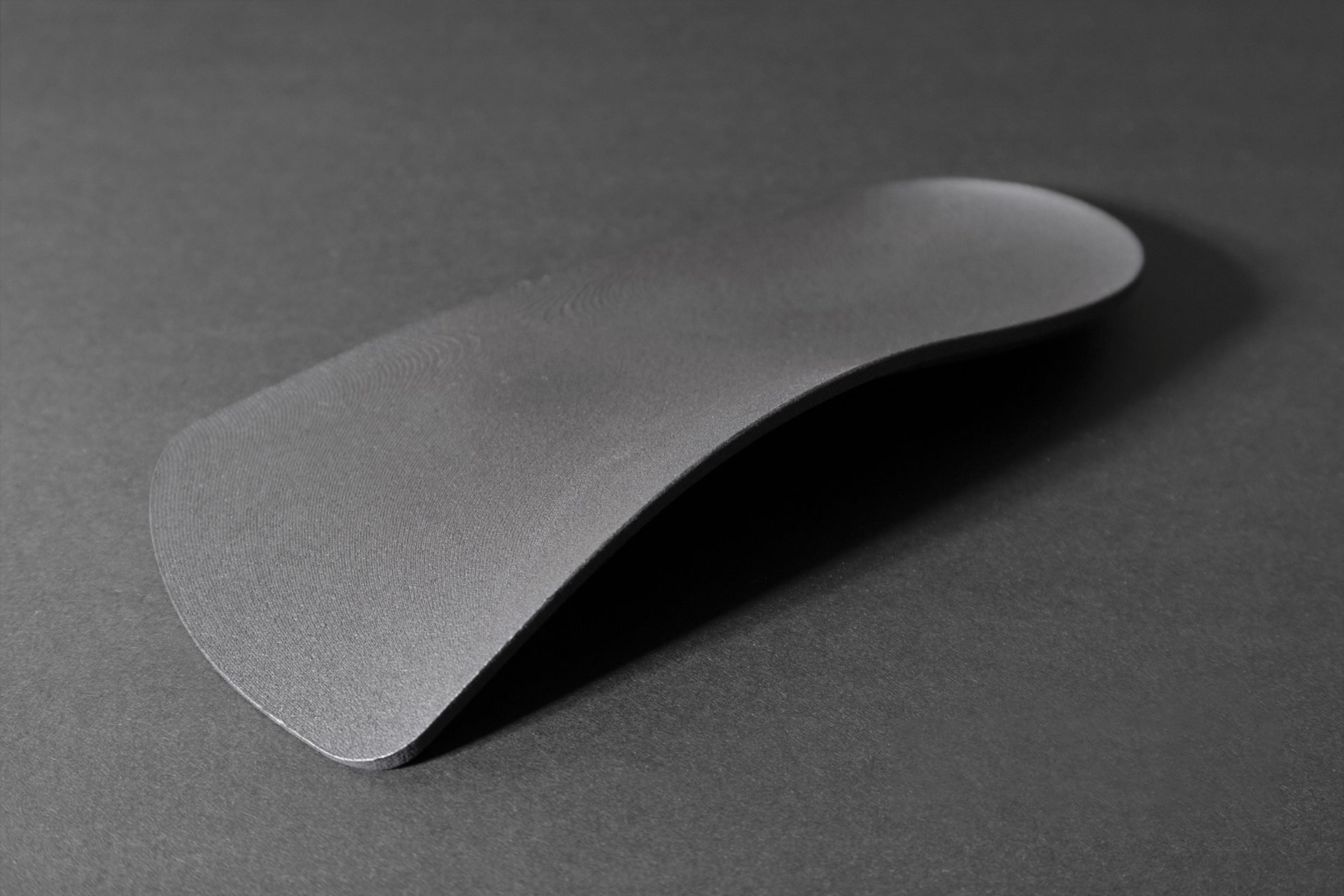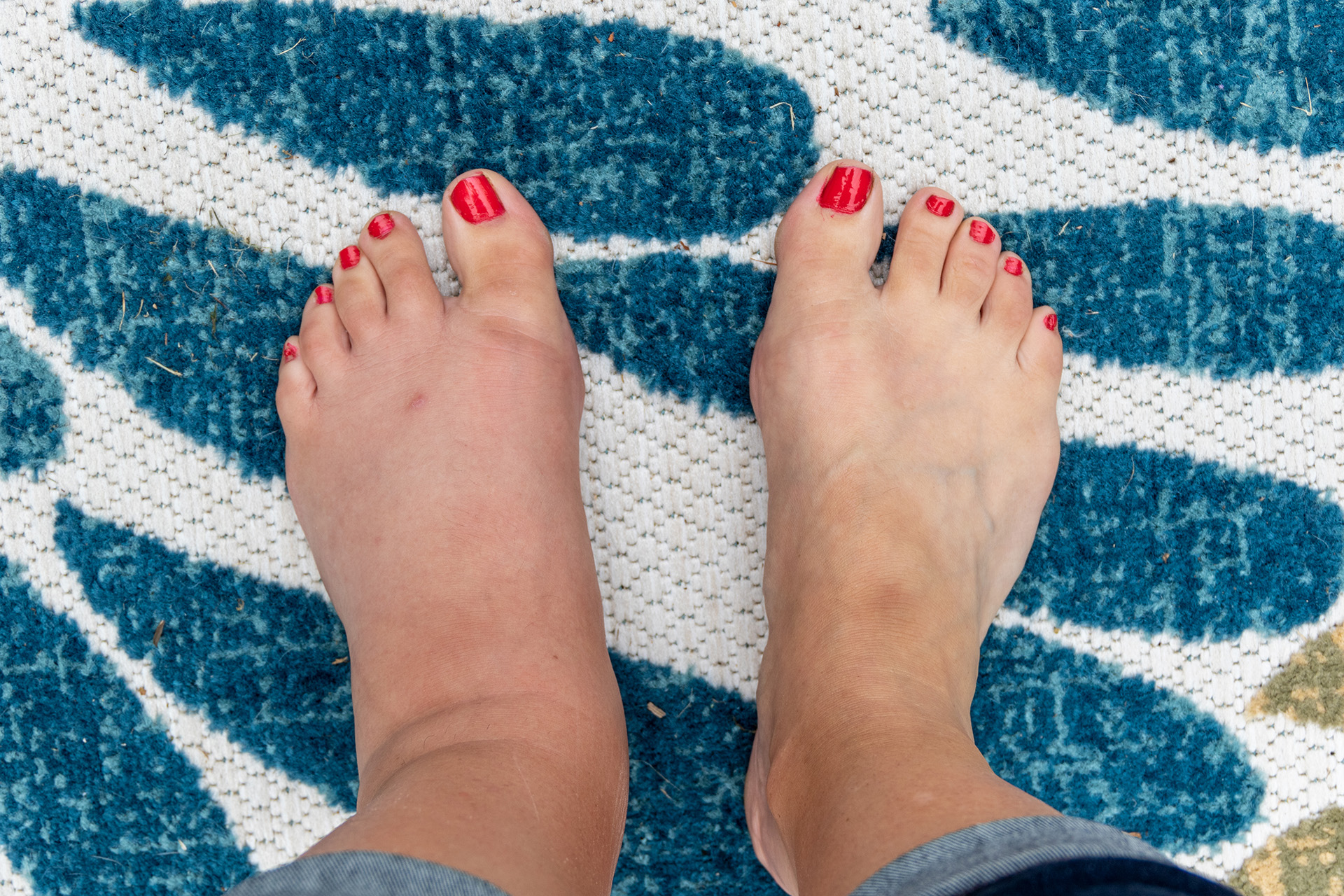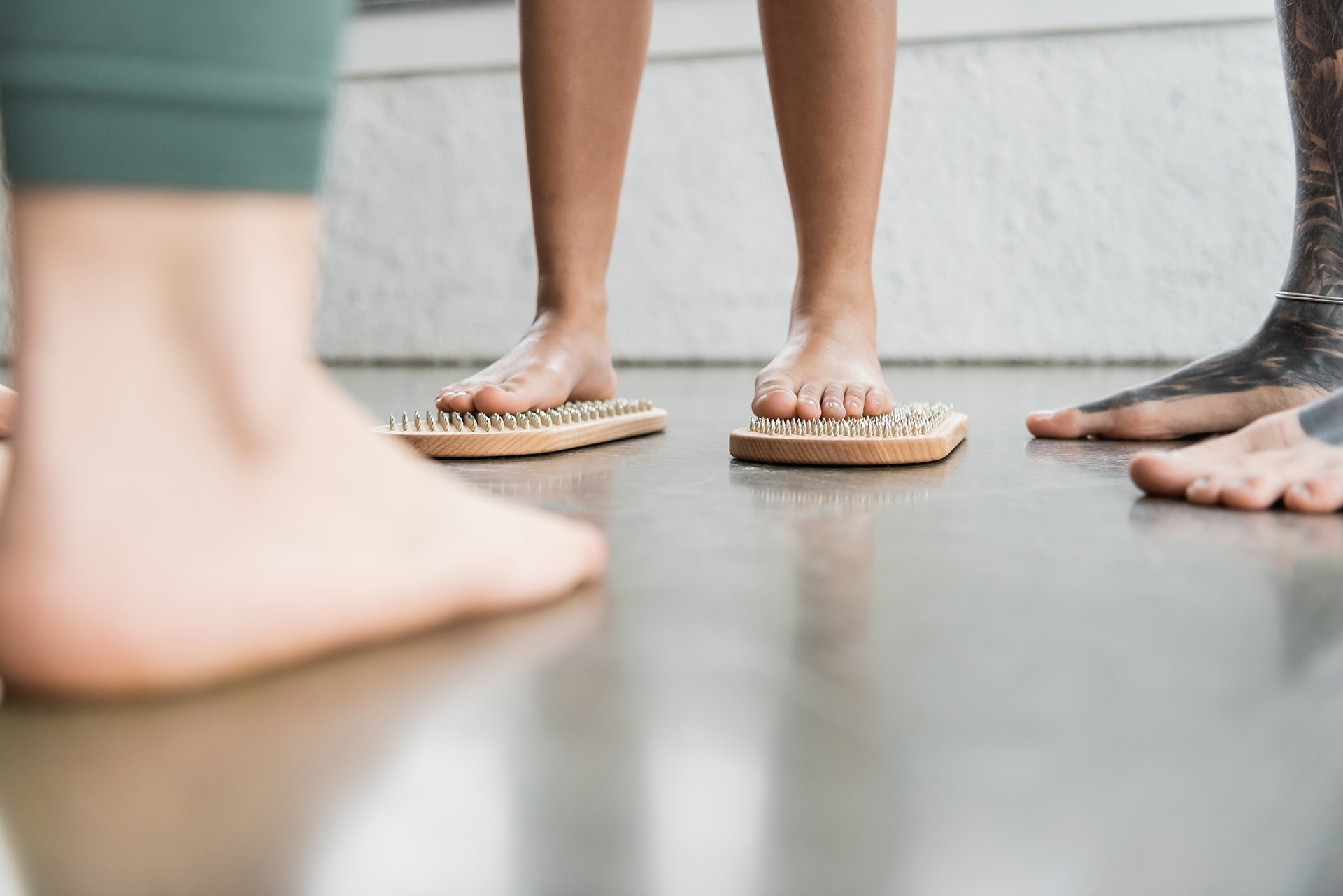Calloused feet are a common condition that affects millions of people worldwide. Whether you’re dealing with a single callus foot issue or multiple calluses, understanding the causes, treatment options, and prevention strategies is essential for maintaining healthy feet. At The Foot Practice, we provide expert callus treatment and callus removal services to help patients achieve comfortable, healthy feet.
What Are Foot Calluses?
A foot callus is a thickened area of skin that develops as a protective response to repeated friction or pressure. When you have calluses on foot areas that experience constant rubbing or stress, your body naturally creates a hardened layer of dead skin cells to protect the underlying tissue. While callus feet conditions are generally harmless, they can become uncomfortable and lead to complications if left untreated. Corns or calluses are thickened areas of skin that are caused by pressure, friction, or irritation. Professional treatment is especially important for individuals with underlying health issues such as diabetes or circulation problems.
The callus of the foot typically appears as a yellowish or greyish patch of thick, hardened skin. Unlike corns with a hard centre, callus on the feet tends to be more diffuse and cover a larger area. Most commonly, people develop callus feet issues on weight-bearing areas such as the heel, ball of the foot and along the sides of the big toe.
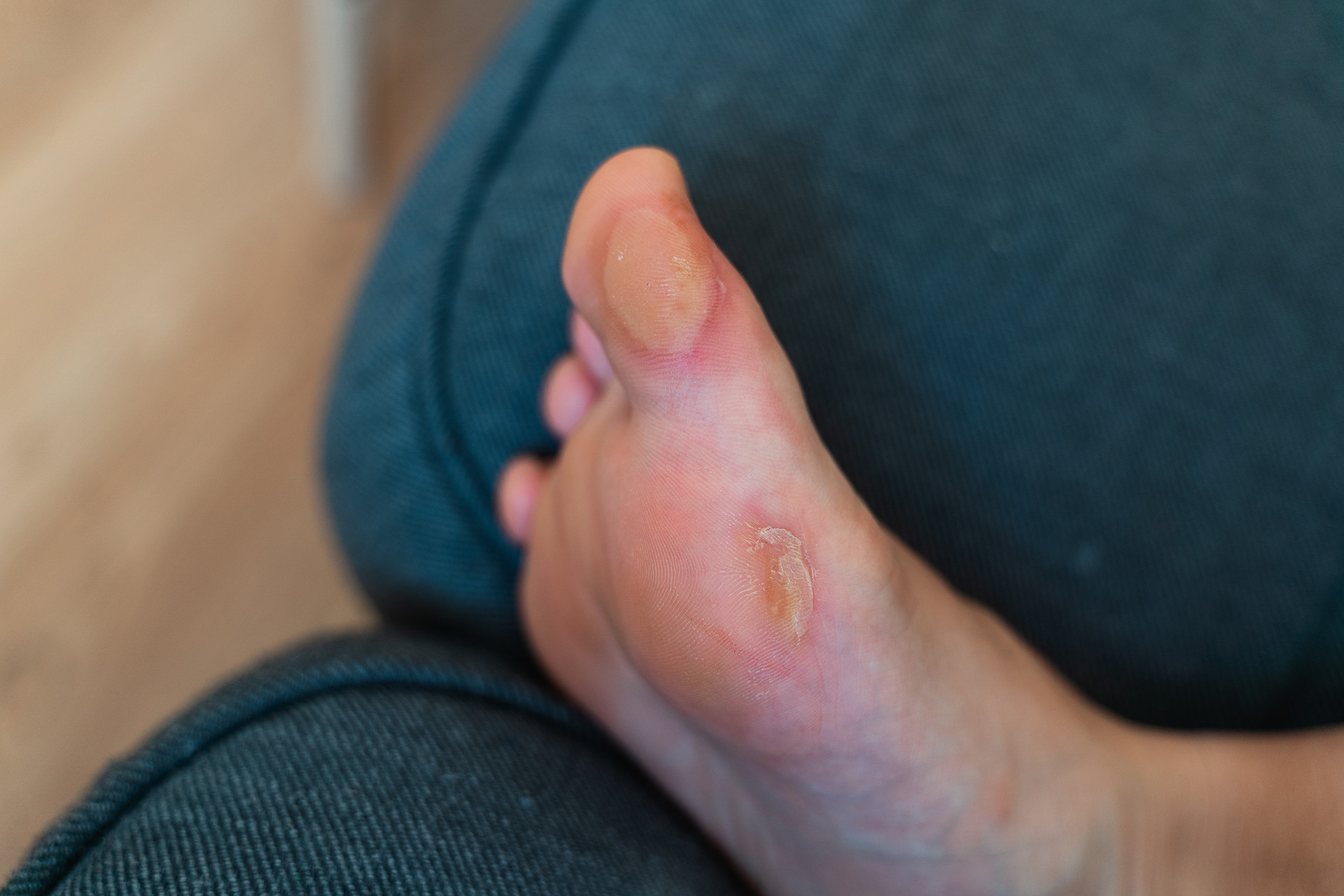
Why Do Calluses Form? Common Causes Of Calloused Feet
Foot calluses can form for various reasons. The natural bone shape and structure, or an injury due to the excessive friction between the skin and bones. As the skin thickens, it forms a protective tissue layer that hardens. Plantar calluses develop along the band of connective tissue between your heel bones and your toes and the balls of your feet, otherwise known as the plantar fascia. The body’s natural protective process creates a layer to absorb impact and distribute pressure around sensitive areas, preventing further damage. Although plantar calluses can cause discomfort, it is a common, treatable condition.
Several factors contribute to the development of calluses on the feet:
- Ill-fitting footwear: Shoes that are too tight, too loose, or have high heels can create pressure points that lead to the formation of calluses. Poor-quality shoes without adequate cushioning also contribute to the development of foot problems.
- Abnormal gait patterns: Walking or running with improper biomechanics can create uneven pressure distribution, resulting in calluses on foot areas that bear excessive weight.
- Foot deformities: Conditions such as bunions, hammertoes, flat feet, or high arches can alter the way weight is distributed across the foot, leading to callus formation in specific areas.
- Occupational factors: Jobs that require prolonged standing or walking on hard surfaces increase the risk of developing calloused feet.
- Activities and sports: Running, dancing, and other high-impact activities can cause repetitive friction that result in calluses on the feet.
If a callus is left untreated, it can lead to further complications, such as ulcers and bone infections. Having several calluses on the feet may indicate poor blood circulation, which may result from not wearing properly fitted shoes or socks. Certain risk factors increase susceptibility to corns and calluses, and a medical evaluation may be important for those at higher risk.
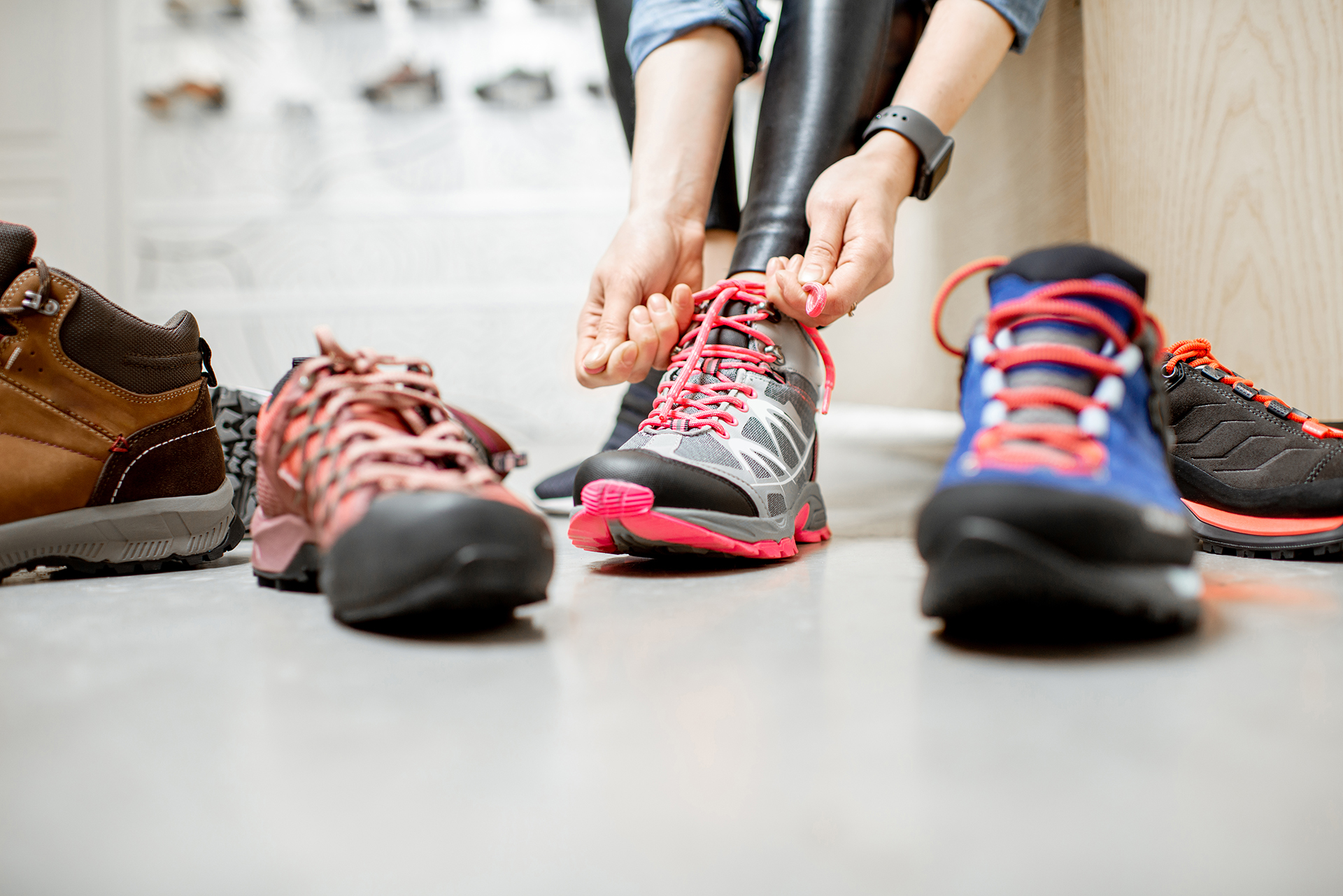
Signs and Symptoms of Foot Calluses
Recognising the signs of callused feet can help you seek treatment early and prevent complications:
- Visual indicators: Thick, hardened patches of skin that may appear yellow, grey, or brown. The callus of the foot typically has a waxy or flaky appearance.
- Texture changes: The affected area feels rough and thick compared to the surrounding skin. Calluses on foot areas may feel bumpy or raised.
- Discomfort: While callused feet are often painless, larger or deeper calluses can cause discomfort, especially when walking or wearing shoes.
- Reduced sensitivity: The thickened skin of a foot callus may have decreased sensation compared to normal skin.
It is important to distinguish a callus from a wart. Unlike a callus, a wart is caused by a viral infection and often has characteristic black dots. Properly identifying whether you have a callus or a wart is crucial for selecting the appropriate treatment.
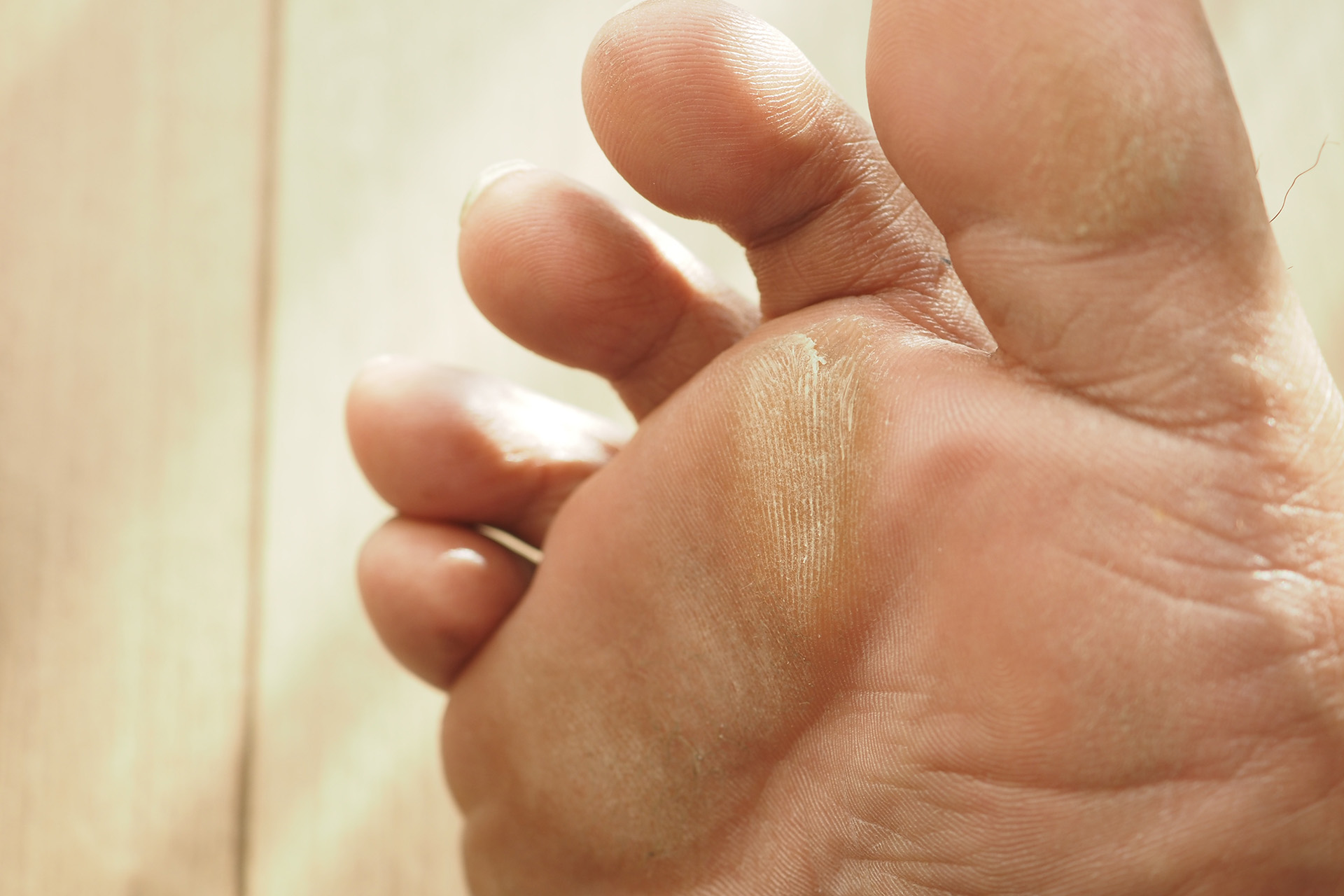
Calluses and People with Diabetes
People with diabetes are especially prone to getting calluses and may have multiple calluses concurrently that can result in nerve damage. In someone with diabetes or other neurological conditions, this condition is considered pre-ulcerative, i.e. without treatment, ulcers are likely to form.
For people with diabetes or low blood circulation to the feet, without callus treatment, open sores or ulcers can develop and increase the risk of further health complications if not addressed properly. Diabetic patients with callused feet require immediate professional attention, as their reduced sensation and poor circulation can mask serious problems. Other foot conditions that can increase your risk of calluses include bunions, hammertoes or bone spurs.
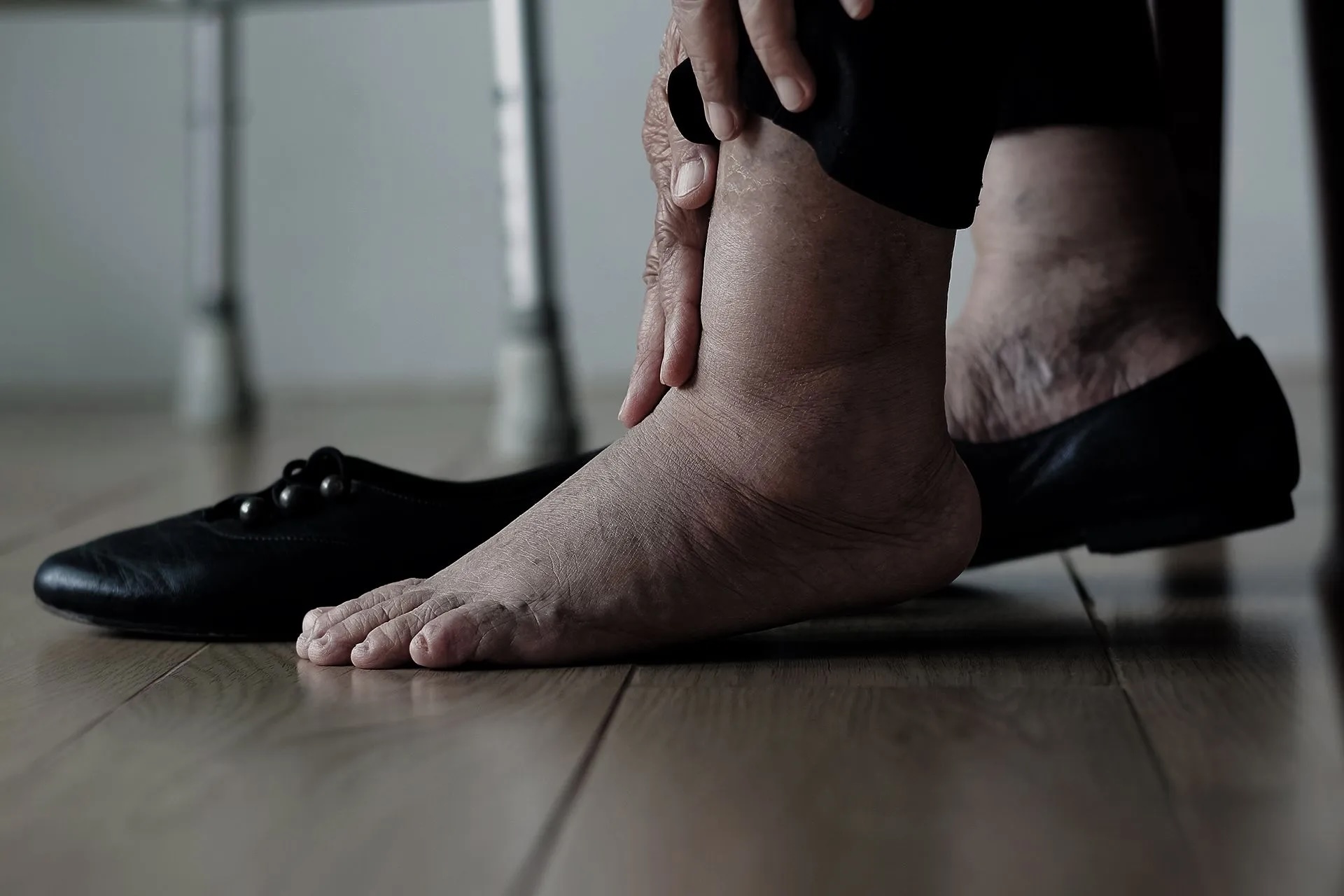
Foot Calluses in Runners
Improper postural alignment limits the body’s function. To overcome postural misalignments effectively, a comprehensive callus treatment plan should focus on biomechanics. The body can be voluntarily controlled to a significant extent simply by adjusting postural alignment to reduce muscle tension and restore fluid range of motion.
Calluses are one of the body’s ways of indicating that an imbalance is causing additional stress on our feet. Runners can develop calluses on their feet in various areas as the layer of hardened tissue forms at the bottom of the feet due to repetitive impact against hard surfaces or shoes rubbing against the back of the feet.
Each person’s gait cycle is extraordinarily unique, so the treatment recommendation to relieve calluses differs from patient to patient. However, this foot condition can provide specific clues to a range of movement issues in the lower extremities, which can help our podiatrists correctly diagnose postural misalignments resulting from an unnatural gait.
Calluses result from friction. If your running gait is truly balanced, there should be minimal friction between your feet and shoes. A recurring callus may point to discrepancies in your form that cause your foot to either pivot slightly backwards or lightly when you’re bearing weight.
When a foot callus forms on the side of a big toe, it’s typically from an imbalance in running form, such as overpronation, where the foot’s arches roll inward and you push off with the big toe. If you feel like your foot and calf are working harder, it might be related to a stiff torso creating a downward and backwards force during ‘toe-off’.
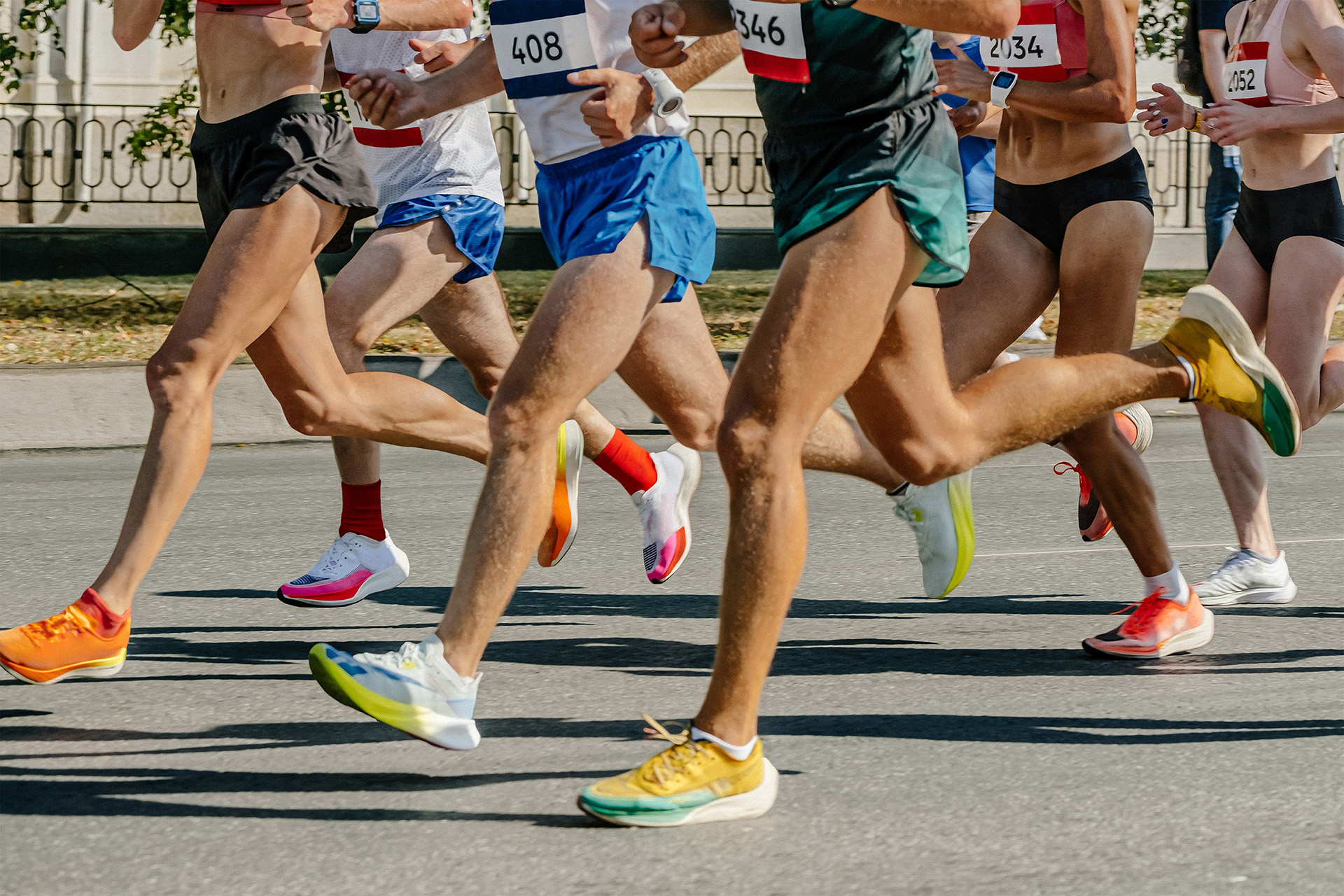
Calluses and Women’s High-Heeled Shoes
Just as postural misalignments can cause calluses in runners, wearing high heels can also shift body weight, creating an uncomfortable foot condition. Wearing high-heeled shoes often decreases the angle when we bend forward, as our natural equilibrium is altered, and the body has to compensate for the change in centre of gravity.
Muscles that run virtually the entire length of the spine have to work harder to balance the extra force compressing the lower spine, which leads to fatigue and back pain. In addition, as women age, the fatty tissue under the balls of the feet, which is used to push off when walking or running, moves back. Calluses on the feet are the body’s natural response to increased pressure. Wearing high heels exacerbates all of these issues. One solution The Foot Practice provides is orthoses to help with comfort and support, specifically designed for women who wear high heels.
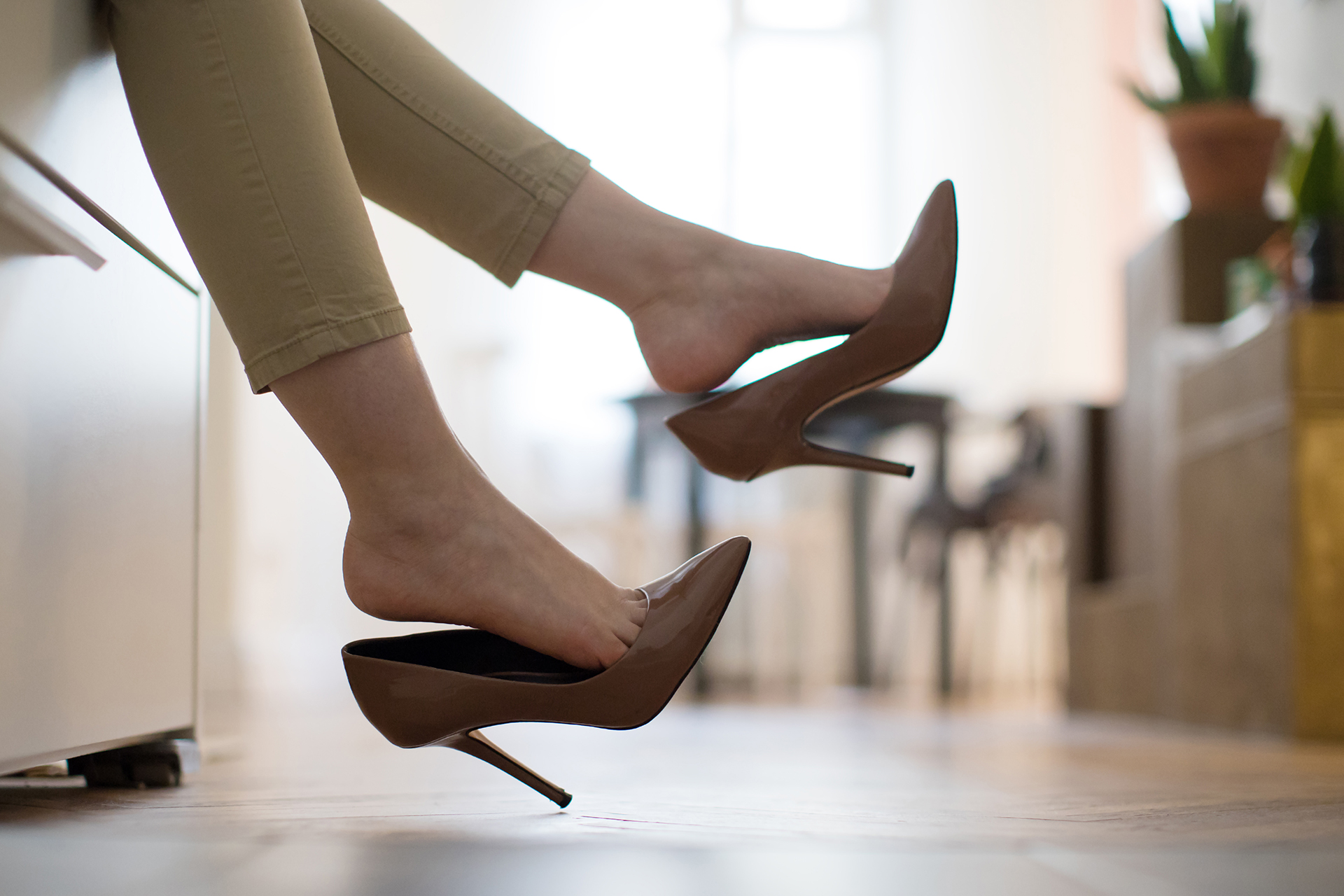
How Does a Podiatrist Manage or Remove a Callus?
A podiatrist cares for calluses to prevent the condition from worsening, leading to other, more serious problems beyond walking or foot abnormalities. A biomechanical gait analysis can identify the underlying causes of foot callus formation.
Professional callus removal is typically performed by scraping the outer surface with a scalpel or other medical instrument if it causes pain or interferes with movement patterns.
- Debridement: The most common technique for callus removal involves carefully removing the thickened skin using sterile instruments. This callus treatment is performed in the office, providing immediate relief.
- Padding and offloading: Podiatrists may apply protective padding to reduce pressure on callused areas while they heal.
- Custom orthoses: For recurring callus foot problems, custom orthotic devices can redistribute pressure and prevent future formation.
- Footwear assessment: A professional evaluation of your shoes ensures proper fit and reduces the risk of developing new calluses on your feet.
Advanced treatment options may include chemical treatments or laser therapy.
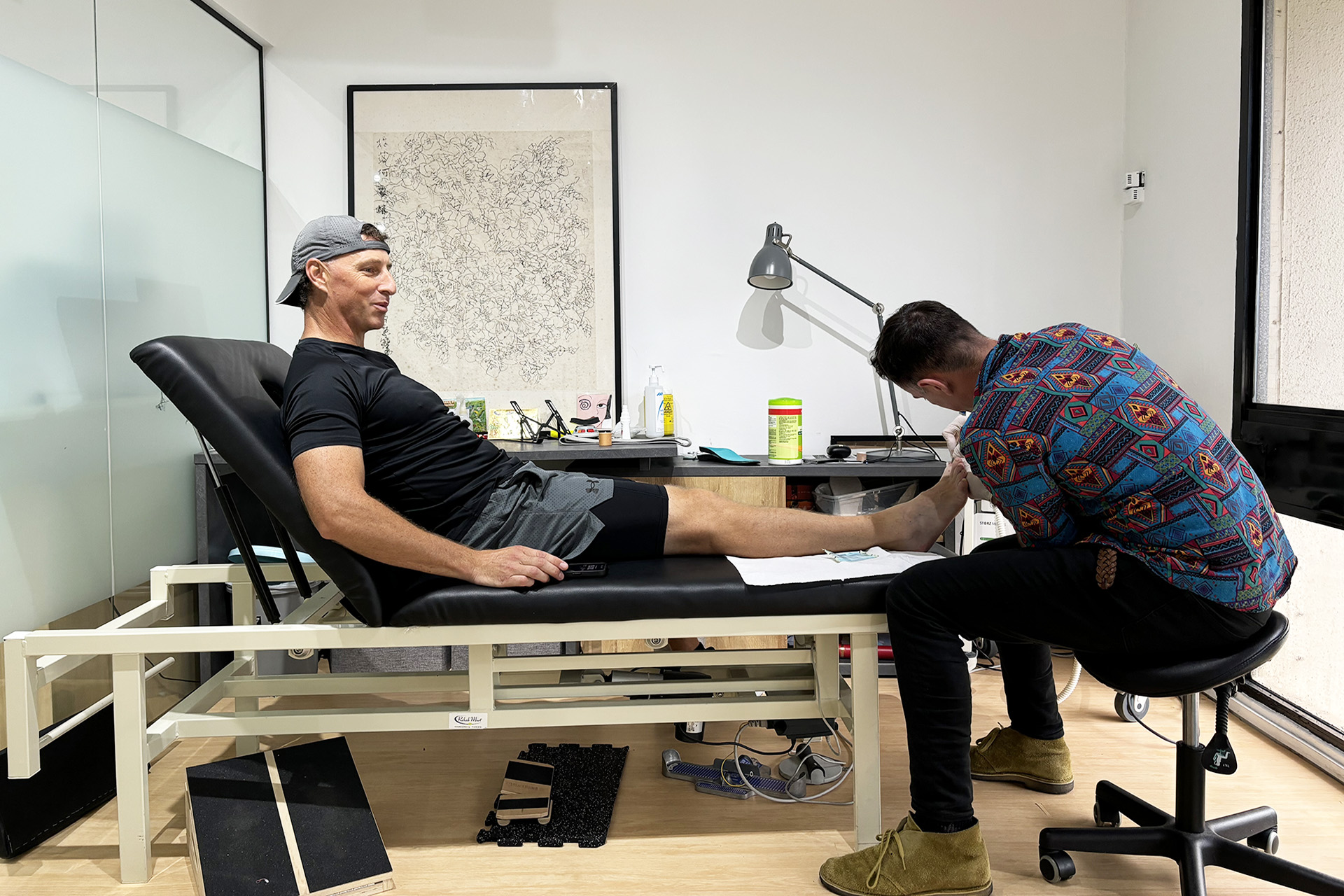
At-Home Care and Prevention Strategies for Calloused Feet
While professional callus removal is recommended for severe cases, you can manage mild calluses on your feet at home:
- Soaking: Regular warm water soaks can soften calluses on foot areas, making them easier to manage.
- Gentle exfoliation: After soaking, use a pumice stone or foot file to carefully remove dead skin from the callus areas of your feet.
- Moisturising: Apply thick moisturisers to keep the skin soft and prevent further callus foot development.
- Use protective padding: Apply moleskine or gel pads to areas prone to developing foot calluses.
- Proper footwear: Ensure shoes fit properly and provide adequate cushioning to prevent calluses.
- Address foot problems early: Treat conditions like bunions or hammertoes that can contribute to the development of calluses on the feet.
Check your feet regularly for signs of callus formation, especially if you have diabetes or circulation problems. If you notice any signs of irritation or have diabetes, consult your podiatrist promptly to prevent complications. By following these steps, you can keep your feet healthy and comfortable and reduce the risk of future foot problems.
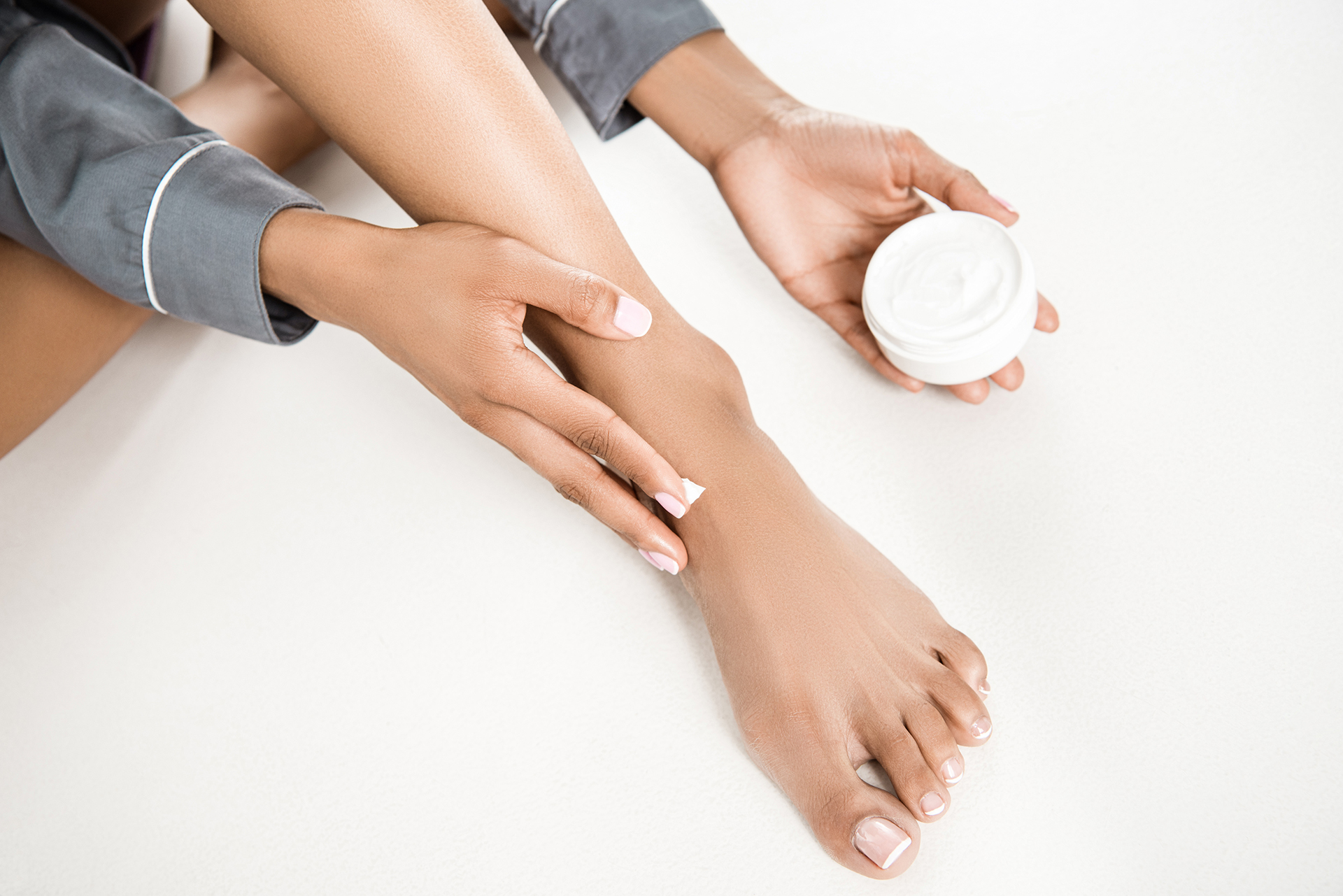
When to Seek Professional Help
While many people can manage minor calluses at home, certain situations require professional callus treatment:
- Pain or discomfort from a foot callus
- Signs of infection (redness, swelling, discharge)
- Diabetes or circulation problems with any callus on the feet
- Recurring calluses despite home care
- Changes in the appearance of existing callused foot areas
Foot callus removal is best treated when the callus is just starting to form, but treatment is not a cure-all solution. Calluses will return without proper care and addressing the underlying causes.
If you think you have a callus and experience pain, or require advice on a Diabetic Foot Screening or Footwear Assessment, make an appointment with The Foot Practice’s podiatry team so that we can properly assess whether callus treatment is right for you.



